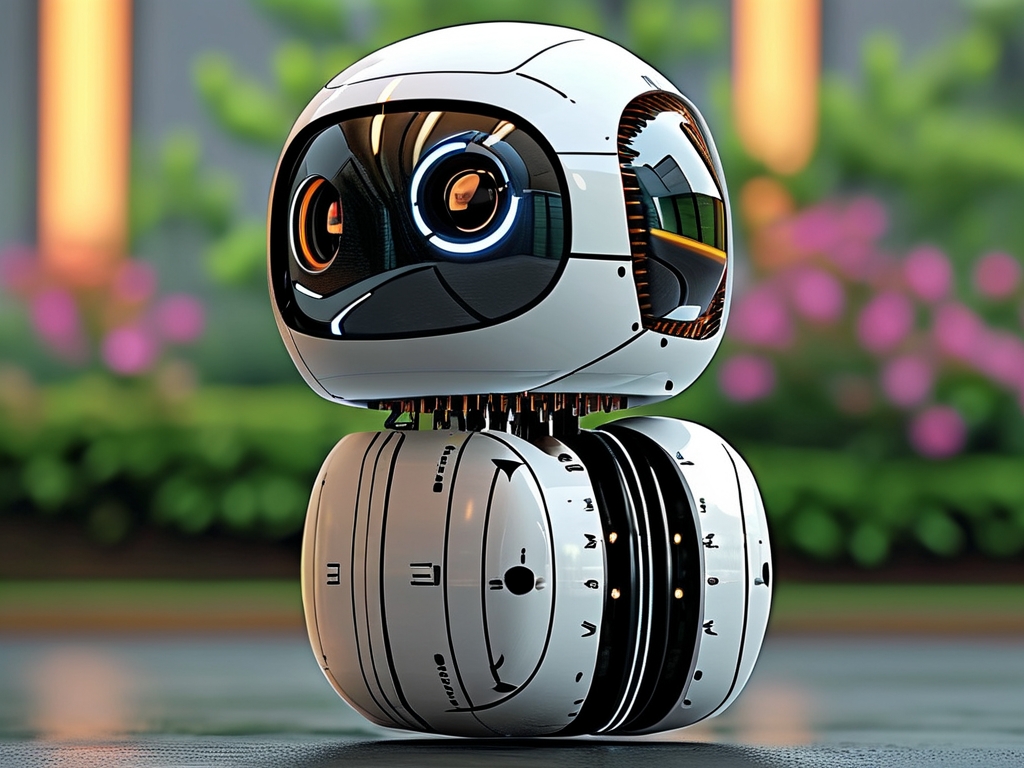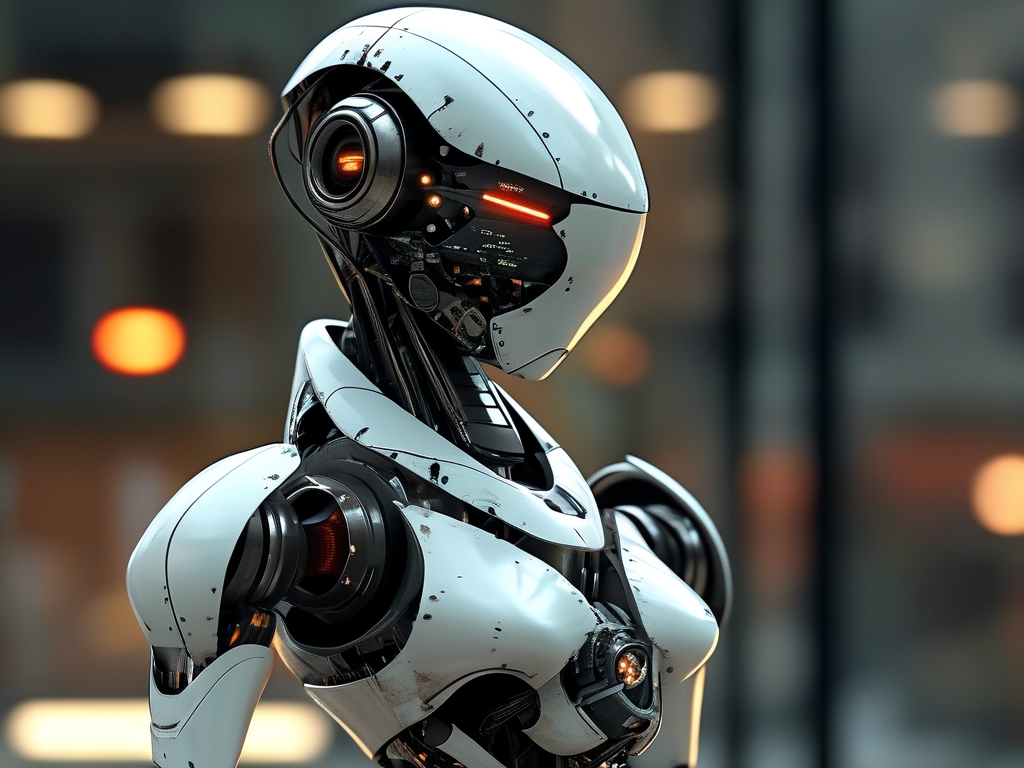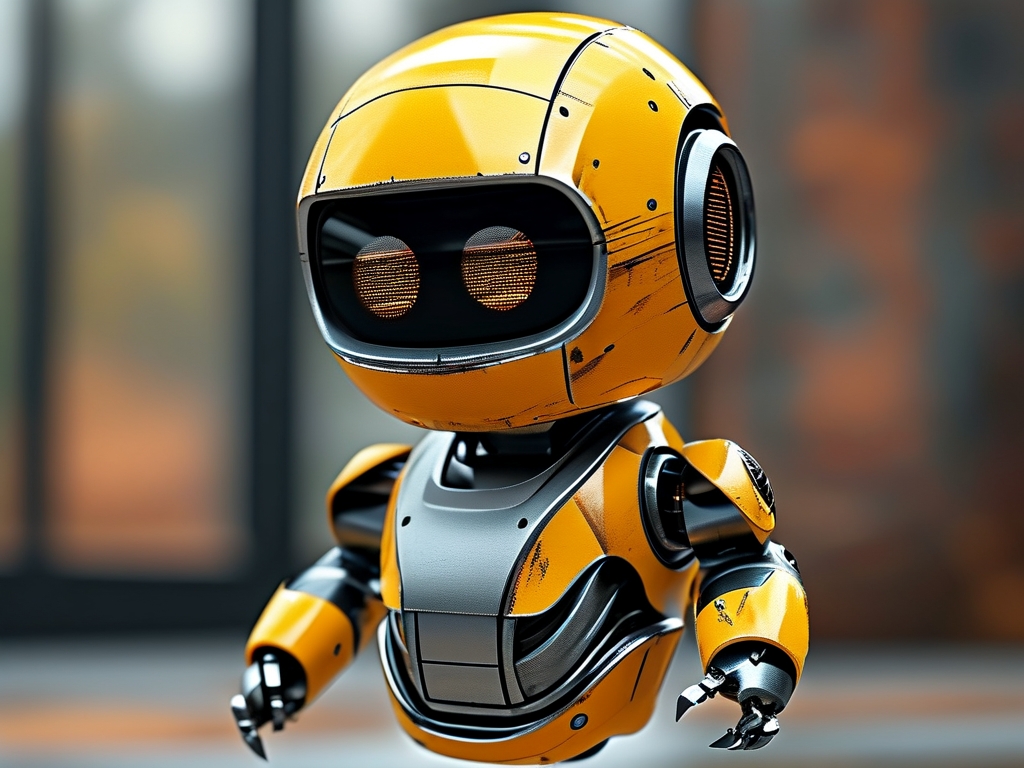In recent years, the field of robotics has witnessed groundbreaking advancements through the integration of biomimetic principles. Among these innovations, robot sliding pillar bionic technology stands out as a transformative approach to enhancing robotic mobility, stability, and adaptability. Inspired by the biomechanics of natural organisms—such as insects, reptiles, and mammals—this technology reimagines how robots interact with complex terrains and dynamic environments. This article explores the design philosophy, technical mechanisms, applications, and future potential of sliding pillar bionic systems in robotics.

1. The Biomimetic Foundation of Sliding Pillar Technology
The core idea behind sliding pillar bionic technology lies in mimicking the structural and functional traits of biological systems. For instance, arthropods like beetles and cockroaches exhibit remarkable agility due to their segmented legs and flexible joints. Similarly, the sliding pillar mechanism replicates the "sliding" motion observed in animal limbs or spinal columns, enabling robots to adjust their posture and distribute force efficiently. By studying the interplay between muscles, tendons, and skeletal structures in nature, engineers have developed artificial actuators and linkage systems that emulate these adaptive movements.
A key inspiration comes from the vertebral columns of snakes and quadrupeds, which allow multi-axis flexibility while maintaining load-bearing capacity. In robotics, sliding pillars function as modular joints that combine linear and rotational motion, granting machines the ability to navigate uneven surfaces, climb obstacles, or even recover from falls—a capability critical for search-and-rescue missions or planetary exploration.
2. Technical Architecture and Mechanisms
The sliding pillar system comprises three primary components:
- Actuated Pillars: These are vertically or horizontally aligned columns made of lightweight, high-strength materials (e.g., carbon fiber or titanium alloys). Each pillar integrates sensors and micro-motors to enable precise sliding adjustments.
- Adaptive Controllers: Machine learning algorithms process real-time data from environmental sensors (e.g., LiDAR, pressure sensors) to optimize pillar movements. For example, when traversing mud or sand, the system dynamically extends or retracts pillars to prevent sinking.
- Energy-Efficient Drive Systems: Hydraulic or piezoelectric actuators minimize power consumption while maximizing force output, a design borrowed from the energy-saving locomotion of animals like kangaroos or geckos.
A notable case is the "ArachnoBot", a hexapod robot designed for disaster zones. Its sliding pillars mimic the leg joints of spiders, allowing it to adjust stride length and height instantaneously. During testing, the ArachnoBot demonstrated a 40% improvement in obstacle clearance compared to rigid-legged robots.
3. Applications Across Industries
The versatility of sliding pillar bionic technology has unlocked diverse applications:
- Search and Rescue: Robots equipped with this technology can traverse collapsed buildings, rubble, or flooded areas. Their adaptive pillars provide stability on unstable surfaces, while modular designs enable them to squeeze through narrow gaps.
- Agricultural Automation: In precision farming, robots with sliding pillars adjust their ground clearance to avoid damaging crops while performing tasks like planting or harvesting on uneven terrain.
- Medical Robotics: Surgical assistants use miniature sliding pillars to replicate the dexterity of human wrists, enhancing precision in minimally invasive procedures.
- Space Exploration: NASA’s prototype rovers employ this technology to handle the unpredictable landscapes of Mars or the Moon, where traditional wheels often fail.
4. Advantages Over Conventional Systems
Traditional robotic locomotion systems, such as wheels or fixed-leg mechanisms, face limitations in unstructured environments. Sliding pillar bionic technology addresses these challenges through:
- Enhanced Adaptability: Real-time adjustments to pillar length and angle enable robots to tackle slopes, stairs, or soft substrates without reprogramming.
- Energy Efficiency: By mimicking the "passive dynamics" seen in animal locomotion (e.g., pendulum-like leg swings), energy consumption is reduced by up to 30%.
- Durability: The decentralized load distribution across multiple pillars minimizes wear and tear on individual components.
5. Challenges and Future Directions
Despite its promise, the technology faces hurdles:
- Material Limitations: Current actuators struggle to replicate the speed and precision of biological muscles. Advances in shape-memory alloys or artificial muscles may bridge this gap.
- Computational Complexity: Real-time environmental analysis requires significant processing power, necessitating edge computing solutions or neuromorphic chips.
- Scalability: Miniaturizing the system for micro-robots or scaling it for industrial exoskeletons remains a technical challenge.
Looking ahead, interdisciplinary collaboration will drive progress. For instance, integrating sliding pillars with soft robotics could yield machines that combine flexibility with structural integrity. Meanwhile, AI-driven simulations of evolutionary biology may uncover new design paradigms, such as pillar configurations inspired by extinct species.
6.
Robot sliding pillar bionic technology represents a paradigm shift in robotics, blurring the lines between biological evolution and engineering innovation. By learning from nature’s billion-year-old "R&D process," this technology not only solves practical challenges but also deepens our understanding of movement mechanics across species. As research advances, we can anticipate robots that move with the grace of a cheetah, the resilience of a cockroach, and the versatility of human ingenuity—ushering in a new era of intelligent, adaptive machines.



